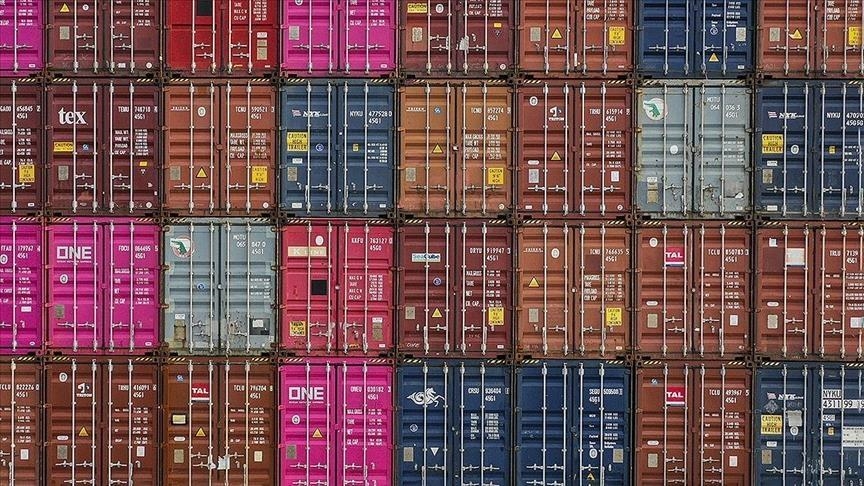US, Japan set to discuss trade, tariffs
Conclusive deal still pending as nations anticipate G7 summit; auto tariffs widen Japan’s trade deficit

ISTANBUL
Senior officials from the US and Japan are set to meet this week to discuss trade and tariffs as both countries look to strengthen their economic ties, with a current trade volume of nearly $228 billion in goods.
US President Donald Trump’s shifting tariff policies have disrupted global trade, prompting key trading partners—starting with the UK earlier this month—to enter or resume talks with Washington. China, Japan, and the European Union are expected to follow.
Though the US and Japan have held preliminary meetings, a conclusive agreement has yet to be reached. The upcoming G7 summit in Canada may serve as a decisive moment if talks this week do not result in a deal.
Trump and Japanese Prime Minister Shigeru Ishiba are expected to meet at the summit in Canada in mid-June. Ishiba and Trump have already discussed economic relations during a phone call, according to the Japanese Foreign Ministry.
Speaking to reporters, Ishiba reaffirmed Japan’s commitment to collaborating with the US to promote investment and boost employment.
The International Trade Center data showed that the total volume of trade in goods between the US and Japan totaled $227.9 billion last year. US exports to Japan reached $79.7 billion, while Japanese exports to the US amounted to $148.2 billion.
From January through March 2025, bilateral trade reached $58 billion—$19.7 billion in US exports to Japan and $38.3 billion in Japanese exports to the US.
Japan ranked as the United States’ seventh-largest trading partner during that period.
By sector, US petroleum and petrochemical exports to Japan led with $3.1 billion in the first quarter, followed by pharmaceuticals ($2 billion), machinery and parts ($1.9 billion), medical technology ($1.8 billion), and aerospace ($1.5 billion).
Japanese automotive exports to the US ranked first with $12.6 billion over the same period, followed by machinery and parts at $8.4 billion, electronics at $4.49 billion, and medical technology at $1.8 billion.
On April 2, Trump introduced sweeping reciprocal tariffs ranging from 10% to 50%, including an additional 25% tariff on automobiles and another 24% on Japanese goods. These moves have intensified fears of global trade disruption, increased economic uncertainty, and placed downward pressure on growth and inflation.
Macroeconomic data worldwide signaled that the impact of tariffs has already influenced the market direction amid tariff negotiations. Japan’s exports rose 2% in April, below estimates, while exports had climbed 3.9% the previous month.
Japan’s imports fell 2.2%, revealing a trade deficit of around $800 million.
Analysts say the additional 25% tariffs on Japanese cars are putting pressure on one of Japan’s most vital economic sectors. The full impact is expected to become more evident in economic indicators over the coming months.
Anadolu Agency website contains only a portion of the news stories offered to subscribers in the AA News Broadcasting System (HAS), and in summarized form. Please contact us for subscription options.







